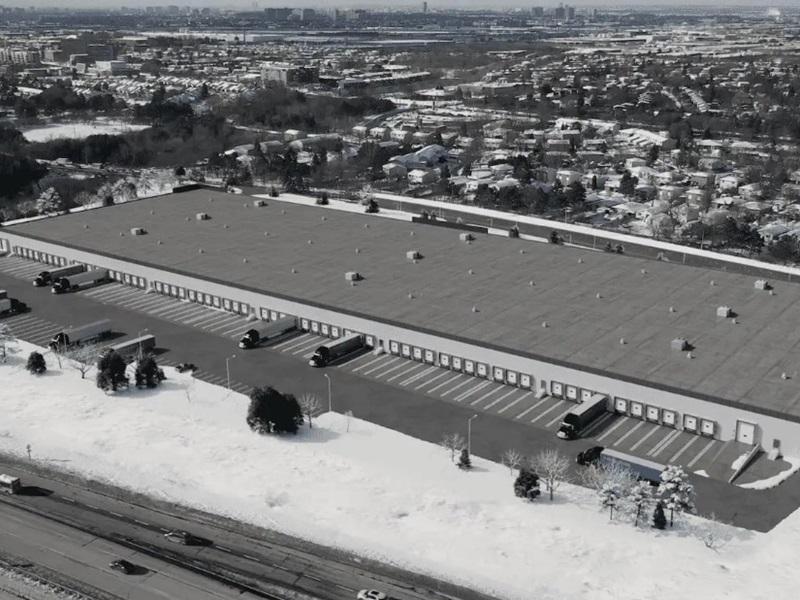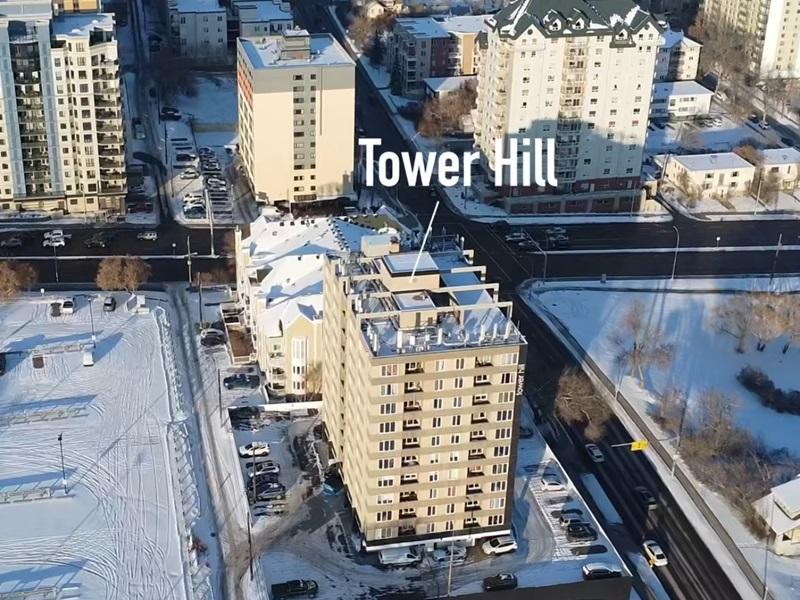GUEST SUBMISSION: While leading a family-run development and construction business in Vancouver, I am seeing the lack of both rental and market housing being built and how this is affecting buyers, renters and development and construction industries.
Prices are high and home options are minimal, whether you are renting or purchasing.
In late 2019, our company Cape Group announced we were planning to build two mass-timber, purpose-built rental projects in the City of Vancouver. This was an exciting announcement we were proud of. The projects included both arts and social inclusion components.
Mass timber is a desirable building product. Municipalities across B.C. are increasing sustainability and energy requirements for new buildings and this material is an ideal option for meeting these enhanced environment guidelines.
Some facts about mass timber
Mass timber has a smaller carbon footprint than both steel and concrete, it sequesters carbon and it performs well in earthquakes.
With mass timber pre-manufactured construction, the building parts are manufactured in a climate-controlled facility and shipped to the site for assembly. This process speeds up the building cycle by 30 to 40 per cent, requiring less on-site construction.
This increase in efficiency benefits both the community and the developer as it improves the project’s feasibility and provides much-needed homes on a shorter timeline.
It causes significantly less disturbance to neighbourhoods, due to being less noisy and dusty throughout the construction phase.
This method also provides a better working environment for trade talent, who can work in a facility to manufacture building components instead of outdoors where the weather is unpredictable and often unpleasant with rain, cold or extreme summer heat.
A forced switch from mass timber
Fast forward to mid-2022.
We have had to change the design plan for both of our mass timber projects as we have determined it is no longer feasible for these projects to be built as planned.
For mass timber projects, you must confirm the building material at the earliest stage of the design process. Since mass timber requires a specific design, where the structure is vertically stacked, you cannot simply substitute it for another material without an extensive and lengthy redesign which has a large financial impact.
Once you confirm the design, you are committed, regardless of unforeseen circumstances in the global economy or municipal permitting process.
We worked through a 20-month development permitting timeline with the City of Vancouver which included various design iterations and negotiations with the city planning team.
This, along with a volatile global market in which the price of lumber skyrocketed to unforeseen values, resulted in substantial risk if we continued with mass timber.
What made sense financially two years ago does not make sense today.
New market conditions
Although timber prices have decreased again, it is the uncertainty and the volatility that makes it difficult when planning under the current market and municipal conditions.
This is also true for other commodities, with many materials and building costs increasing substantially year-over-year, in some cases, by more than 30 per cent.
For developers to plan and create the mass timber projects government bodies want, there needs to be a clear and concise permitting process to promote the use of sustainable and innovative building products.
Without this, it may result in developers seeking partnerships with jurisdictions which offer a clear path and assistance in bringing these projects to life.
Our company has been exploring potential rental home building in American markets such as Seattle, Portland, Los Angeles, San Diego, Austin and Nashville. We have also started our first residential project in the Greater Toronto Area.
Still, we are passionate about building in B.C. and delivering market and rental homes where the company was born and grew over the past six decades. B.C. needs more homes introduced to the market quickly and more affordably.
In 2021, B.C. welcomed more than 100,000 people, the most in 60 years. Metro Vancouver forecasts that from 2021 to 2030, we will have 439,100 new residents in the region.
We need to get building . . .
I want current and new residents to have sustainable and more affordable housing options with unique design components that we can be proud of. To get there, we need a more efficient system for building new homes quickly.
I recommend more education for both the industry and municipal staff on how to make mass timber projects more feasible, what the design requirements entail and how timelines affect the overall process.
Regarding the two rental projects that have changed direction, we will continue to work with the City of Vancouver, alongside its Broadway Plan, while developing concrete buildings that may be different in design but which we hope will still incorporate the same level of support for local artists, thoughtful livability and social inclusion that we had planned for them as mass timber homes.
If we can improve the municipal permitting process and expedite the timeline between design decision and building permitting, we will be able to build more homes that are environmentally friendly and utilize more modular and prefabricated construction methods.
We need elected institutions to support private developers to help solve the housing problems the industry is facing, not create an environment which deters developers from moving forward with new and innovative projects.
We want to be a part of discussions and developing solutions with local municipalities on how to get there as quickly as possible for the benefit of everyone developing, building, renting and buying homes in B.C. and across Canada.








